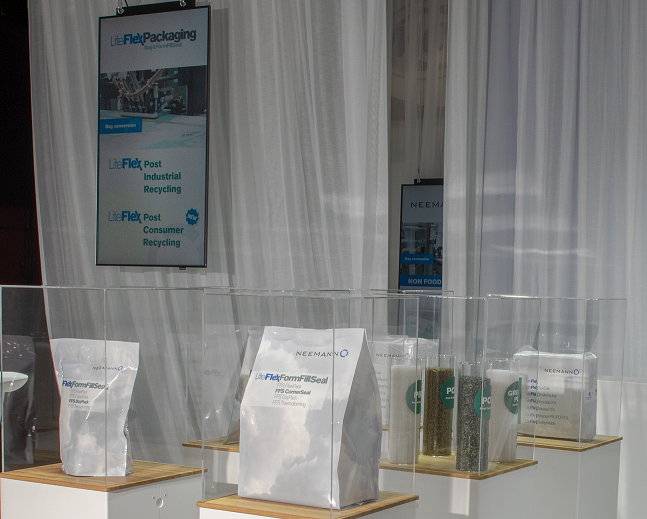Plastic packaging – hellish stuff or sustainable business
We know these questions … and the suspicious looks at the answers. But that’s the way it is with prejudices. You can only meet them with openness. Everyone should impregnate themselves with facts and courage for an own opinion against their dangerous effect.
We would like to contribute a little to this – certainly incomplete and tendentious, but with the best of conscience:
- Are plastic packaging harmful to your health? – Theoretically hey could be. However, in this case it would not be allowed to place them on the market. We have to prove that by law.
- Of course, it’s always about limits and you can argue about these values.
- But many critically discussed substances – such as bisphenol – are not even used in our products. Threshold limit zero, so to speak.
- Are these packaging environmentally friendly or harmful? – There is probably no simple answer “Yes or No” for any piece in the world, certainly not in terms of consumer goods and their packaging.
- But with no doubt the eco-balance of our packaging is often better than for alternatives made of paper or other materials.
- One reason: Typically, the share or our packaging in the weight of the consumer product is less than 1-2%: 10g of foil protect and transport up to 2.5kg of French fries!
- The foils are often thinner than a human hair!
- For polyethylene no liter of oil is consumed which is not extracted and processed anyway.
- Meanwhile, most of our plastics are made from natural gas. Ok, that’s a fossil source, too.
- But you can also produce plastic from renewable sources. For example, we already use polyethylene that is made from sugar cane.
- There is still not enough capacity and above all not enough demand, but in the future people will use many alternative sources. The potential raw materials are so numerous and diverse that worries about the raw materials are inappropriate.
- For each raw material one can and will lead a discussion about CO2 balance, land consumption etc. …we welcome any objectification.
- By the way: Basically PE can be recycled excellently. This brings us to the next topic:
- Do plastic packaging pollute our seas? – This is indeed a big problem that we all have to tackle because of the plastics’ durability.
- The World Economic Forum has made dramatic studies showing that far too much plastic waste ends up in nature. But you should know:
- The same studies show that only 2 percent of the ocean’s waste originated in Europe and the USA …. both continents in total! I tlooks like it is essential to establish functioning circular economy, which ensures the collection and recycling of packaging.
- In Germany, according to official government statistics (Umweltweltbundesamt) more than 99% of plastic packaging waste is recycled.
- In 2015, half of this went into thermal recycling.
- Actually, this is not a big problem, because the often neglected energy balance is very good. Incidentally, PE burns to CO2 and water, nothing else.
- But the common goal of legislators and industry is: to increase the share of material recycling. This can be promoted primarily by the packaging design.
- We dare to say, of course a bit exaggerated and selfish: Each suitably filled yellow council bag is a blessing for the world, especially if the content consists mainly of thin and unmixed polyethylene films. Both may gladly be ordered from us.
- Consciously consuming is the most important thing. In terms of packaging, you should look carefully. The evaluation is complex – so beware of the supposedly simple and usual answers. There is a strong need for mature consumer (and citizen)!



